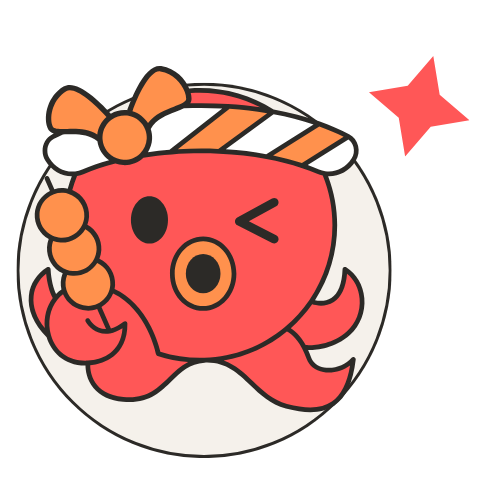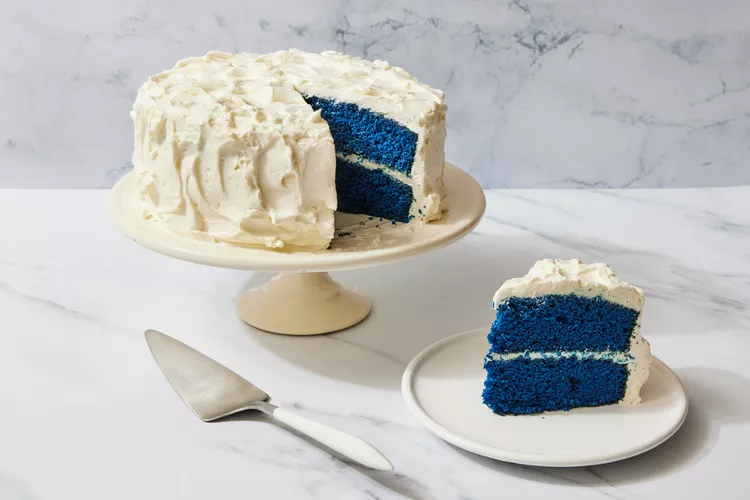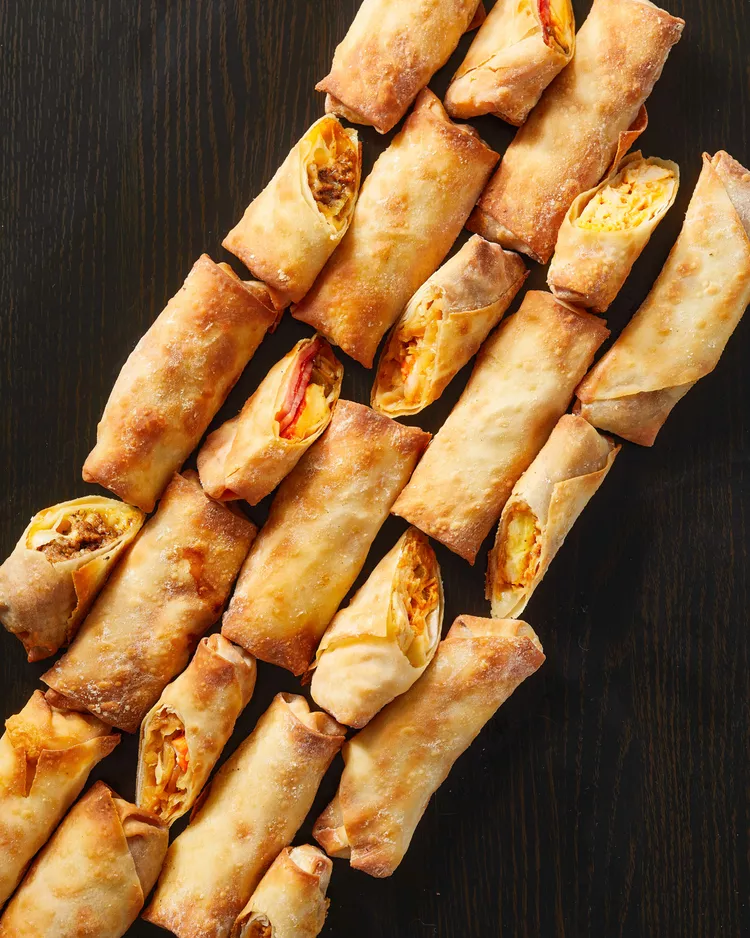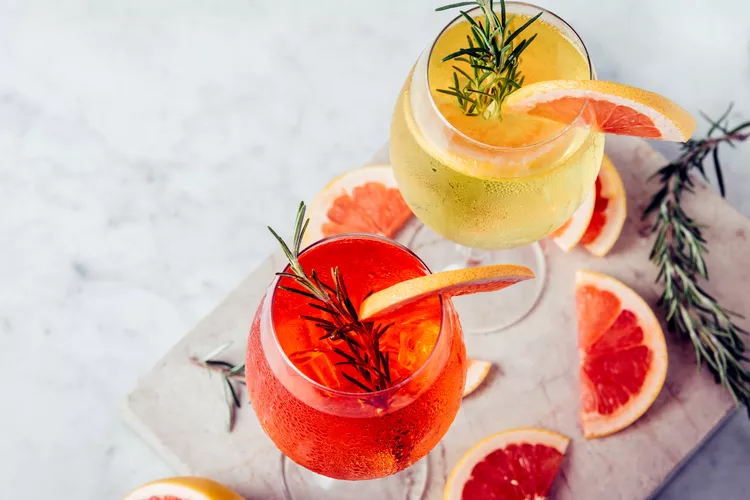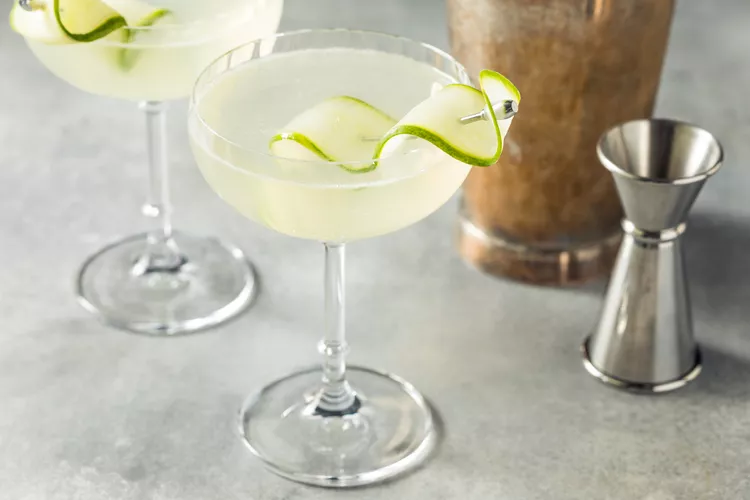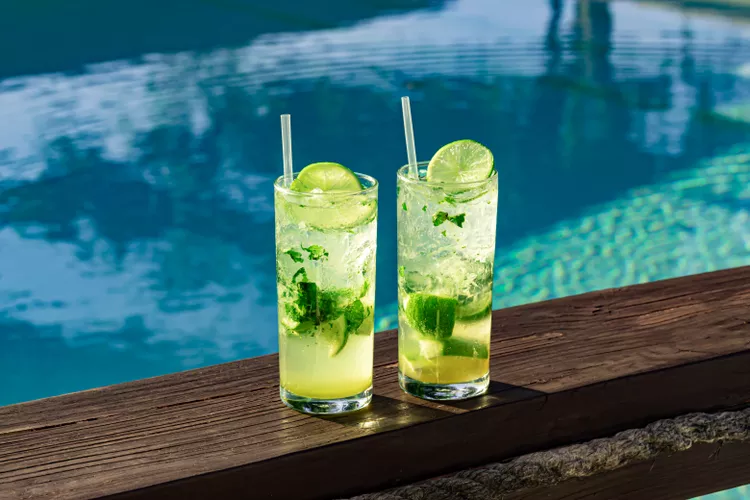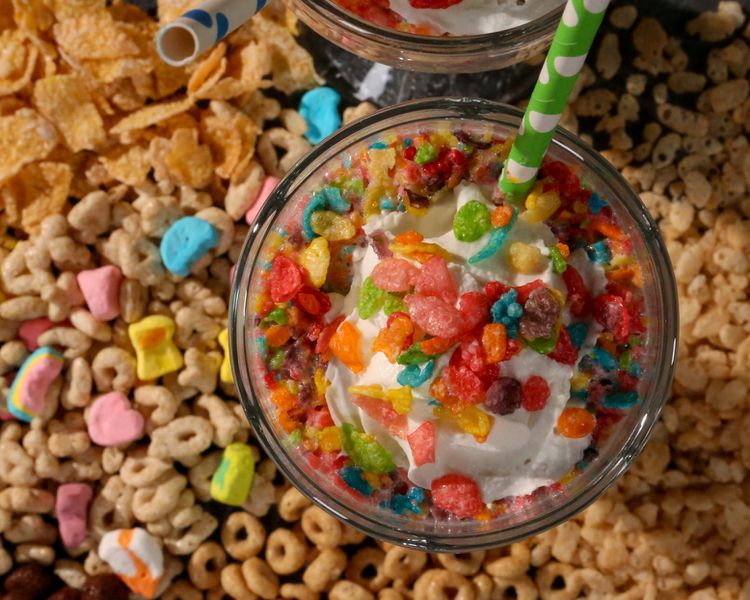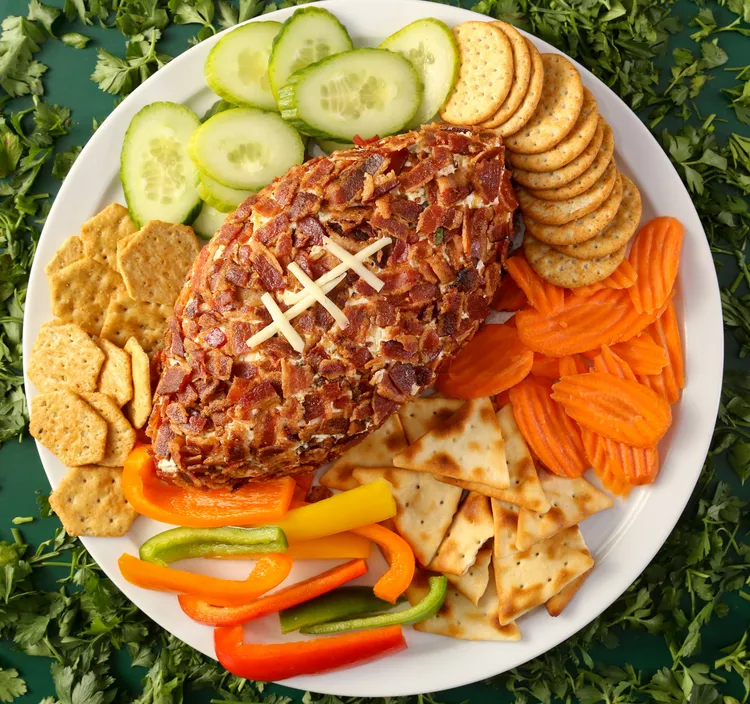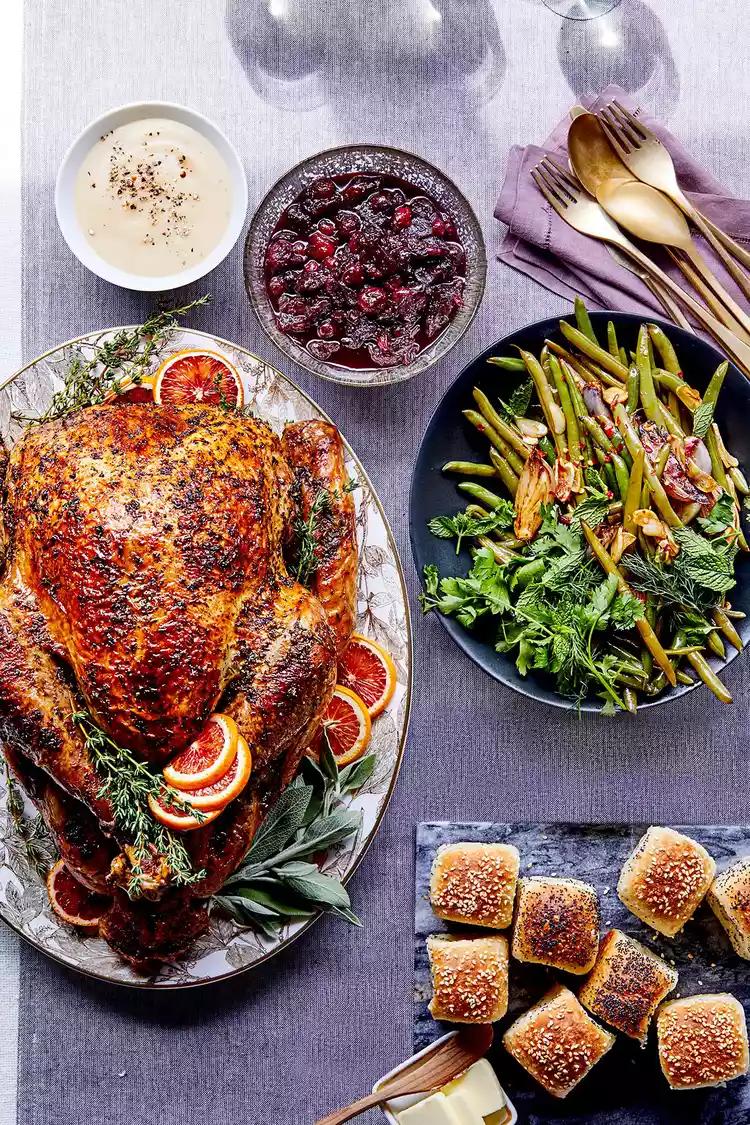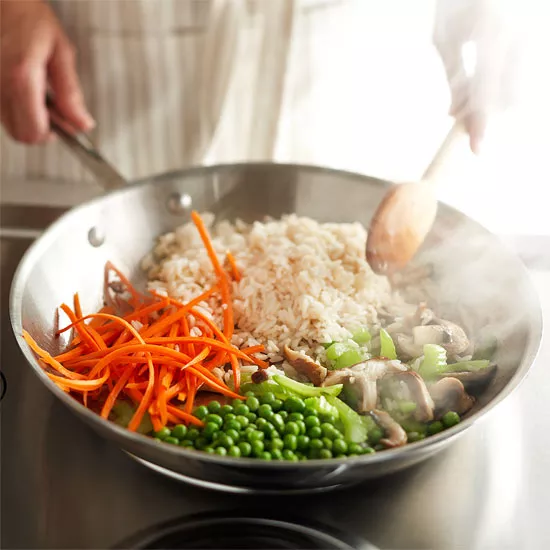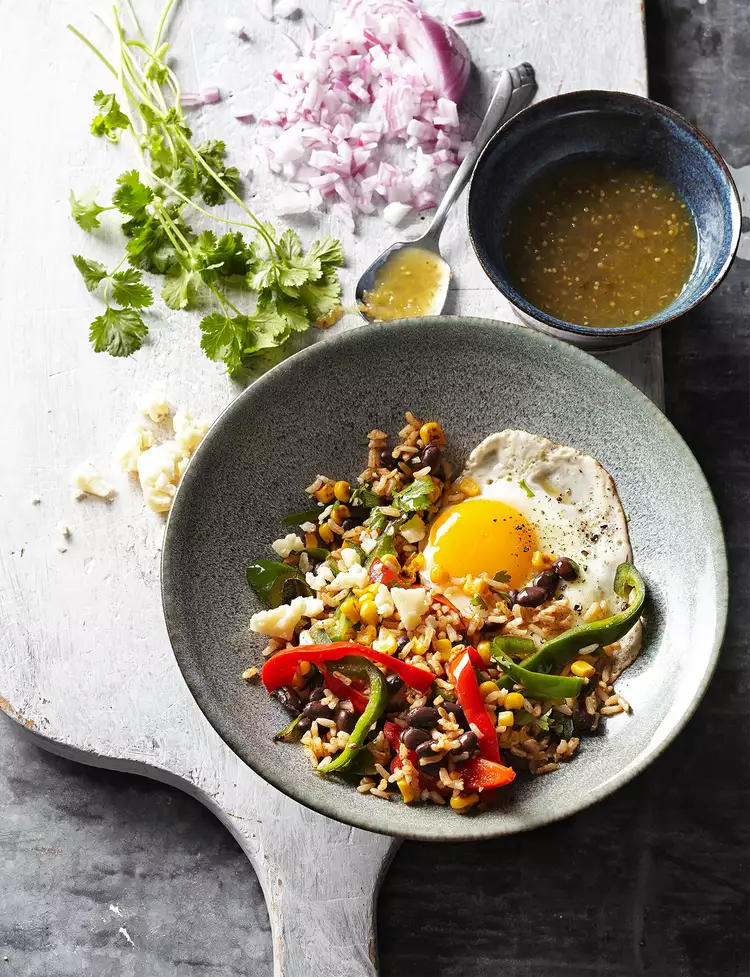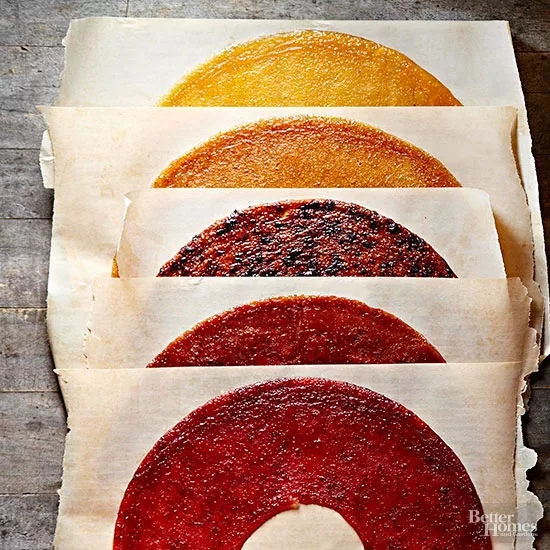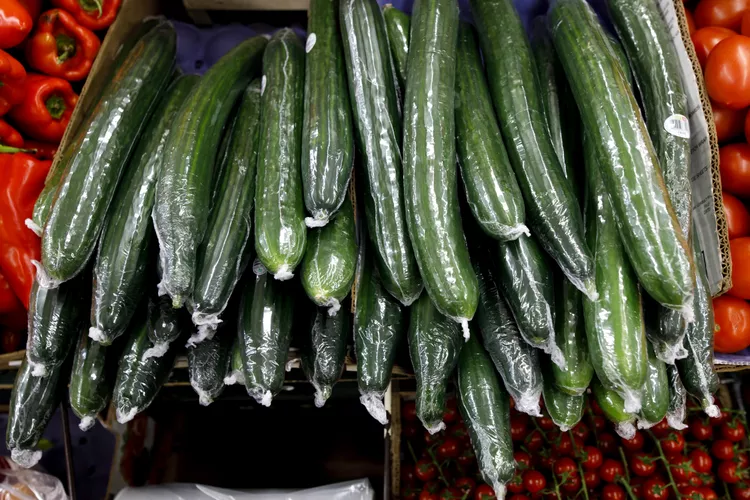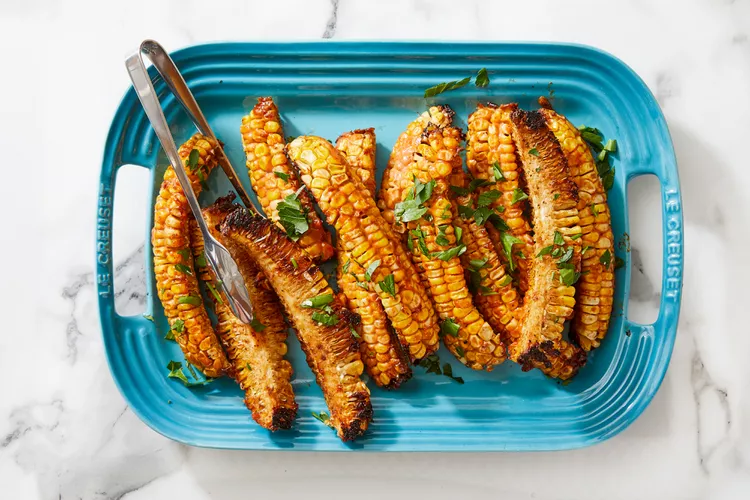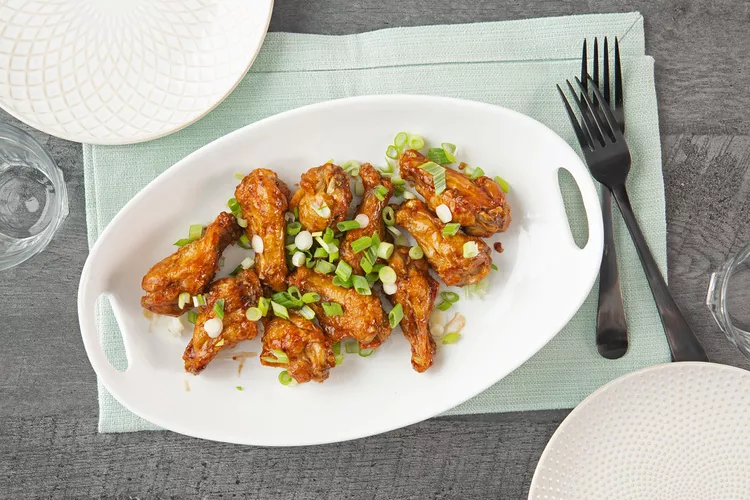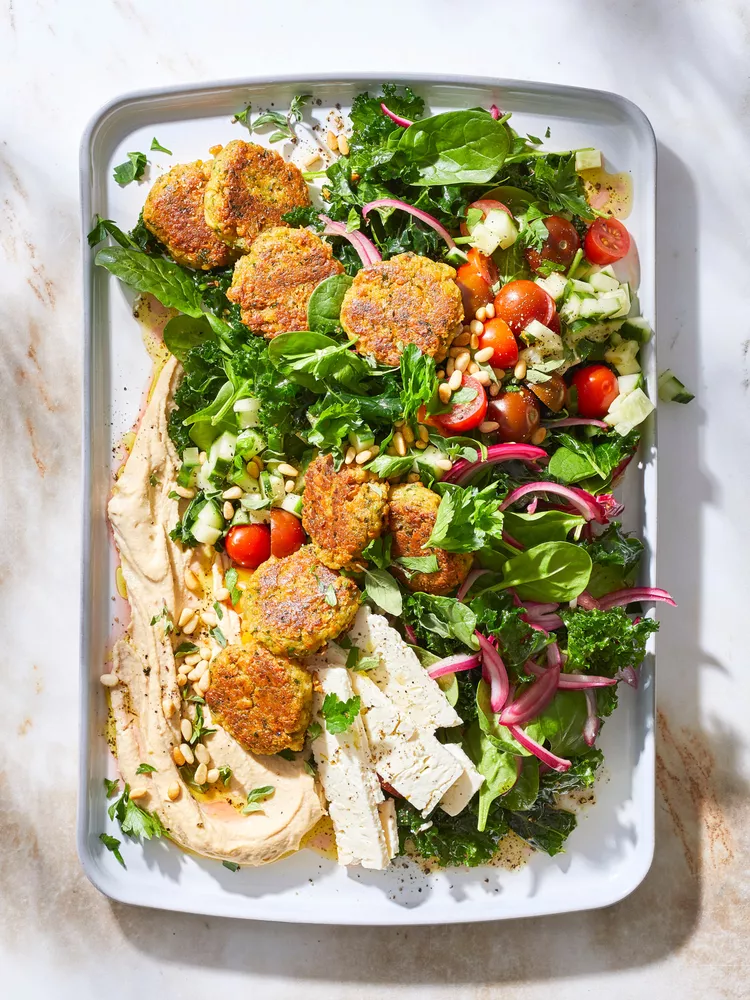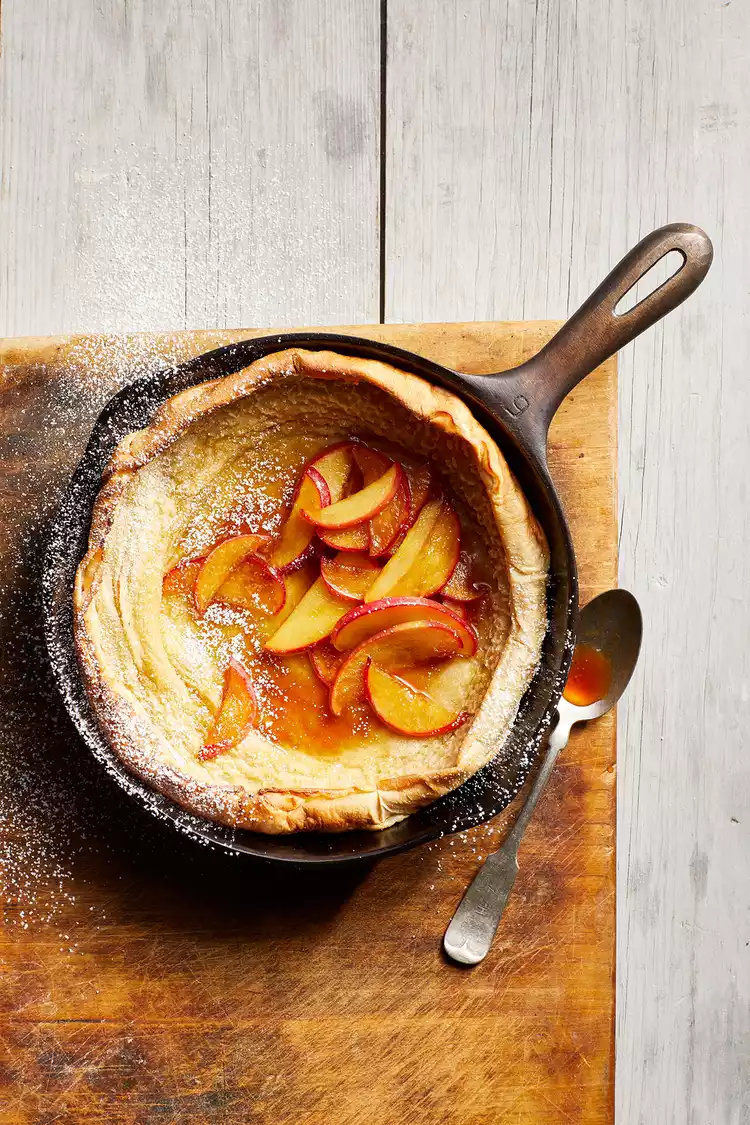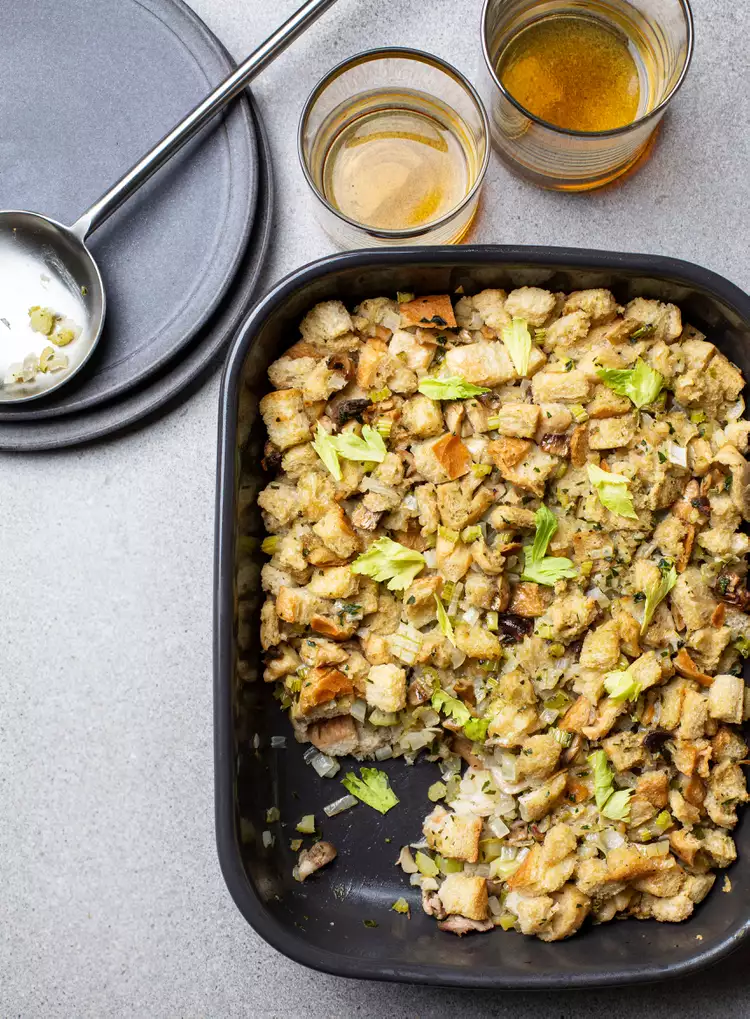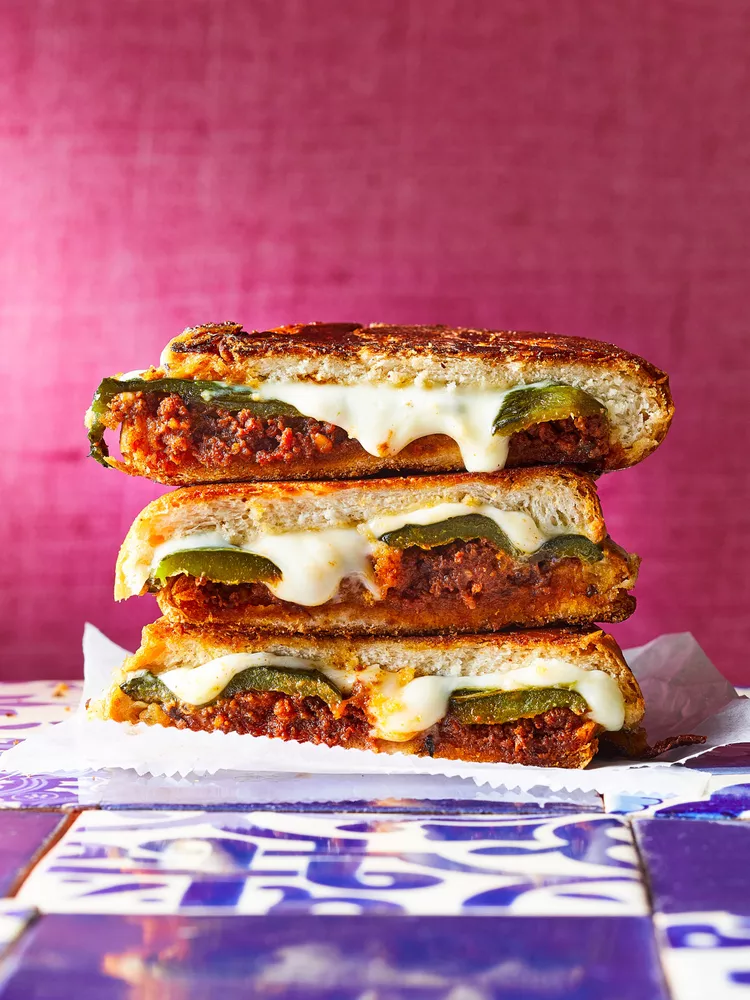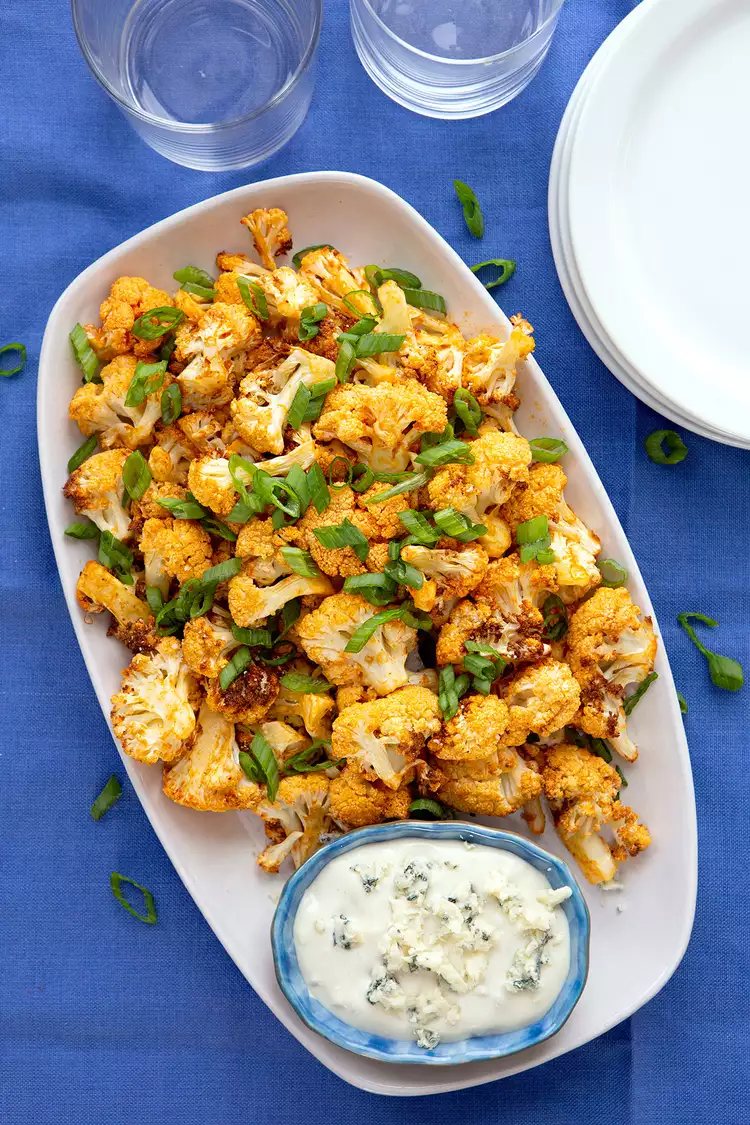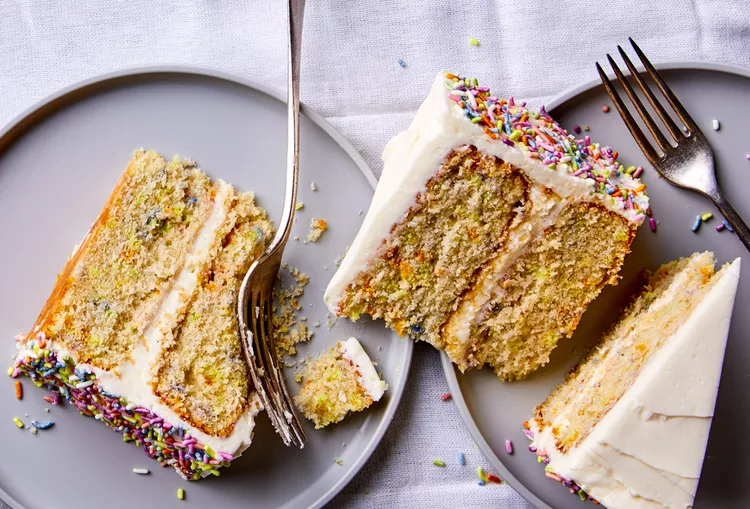Imagine that you’re scanning a restaurant menu or scrolling through a delivery app for your favorite local Asian fusion restaurant. You spy “spring rolls,” “summer rolls,” and “egg rolls” all as options, but none of which with descriptions. Could you decipher the difference?
Many BHG readers have told us they would have a tough time selecting summer roll vs. spring roll vs. egg roll from a line-up, so we tapped Iron Chef Masaharu Morimoto to dish.
Summer Roll vs. Spring Roll vs. Egg Roll
Many Asian countries have their own take on roll recipes. Indonesia and the Philippines have lumpia, Cambodia is home to Nime Chow, and Vietnam has summer rolls.
It’s more than semantics, Morimoto confirms: “It's important to note the cultural differences for each. Summer rolls originate from Vietnamese culture using fresh herbs and vegetables. On the other hand, depending on the country you’re in, or the cuisine of the restaurant you are dining in, spring rolls will look different at each, whereas summer rolls usually stay true to the Vietnamese tradition.”
As for egg rolls, those are an American invention. Let’s dive deeper.
What Is a Summer Roll?
Summer rolls (aka Gỏi cuốn, salad rolls, fresh spring rolls, or Vietnamese spring rolls) are Vietnamese in origin and are served cold, often alongside hoisin, Nước chấm, and/or peanut dipping sauce. Tucked inside a thin, translucent rice paper wrapper, you’ll find a colorful blend of fillings. Fresh herbs, julienned carrots, lettuce and cucumbers, shrimp, pork, tofu, and rice vermicelli noodles are common stars.
“Unlike spring rolls and egg rolls, they are not fried, giving them a very light and refreshing taste,” Morimoto says.
Summer rolls technically fall under the umbrella of spring rolls, however, not all spring rolls are summer rolls.
What Is a Spring Roll?
Spring rolls are believed to have roots in China, but are now common across Southeast Asia—as well as abroad. Depending on who you ask, spring rolls were originally made for Chinese New Year celebrations (stacks of them resemble bars of gold) or around the start of spring (to celebrate the earliest fresh vegetable harvest).
Spring rolls are typically made with a very thin wheat or rice paper wrapper stuffed with shredded carrots, cabbage, mushrooms, bamboo shoots, bean sprouts, pork, tofu, and/or shrimp.
Regional variations abound, but spring rolls are often fried and served hot, then paired with a dipping sauce with a vinegar, soy sauce, Worcestershire, or sweet and sour flavor base.
“Unlike other rolls, a spring roll is made using a very thin dough, giving them a light and crispy texture. While they’re still filled with strong flavors, they are made smaller and lighter,” Morimoto says.
What Is an Egg Roll?
Think of egg rolls as America’s heartier twist on spring rolls. Stateside, chefs decided to add egg (hence the name) to the batter for the roll wrapper, which creates a thicker shell. You can often spot spring rolls vs. egg rolls by using your eyes. Egg rolls are usually bumpy, blistered, and bubbly, while spring rolls have a smoother fried exterior.
“An egg roll is larger than a spring roll and is made with a thicker dough. The filling also plays a big role in how they are different from each other,” Morimoto says. “While a spring roll has lighter ingredients, an egg roll will often include meat such as chicken or pork. The texture of an egg roll is also a lot crispier when deep fried compared to a spring roll, too.”
On the side, egg rolls are frequently offered with sweet and sour sauce, soy sauce, chili or chili-garlic sauce, hoisin sauce, duck sauce, or oyster sauce.
The Bottom Line
Vietnamese summer rolls are served chilled. An easy memory trick is to think about what you’d like to dive into on the steamiest days of summer. Spring rolls are fried and served hot, and are typically heartier than summer rolls. The most substantial of all of these Asian-inspired appetizers are American egg rolls, which involve thicker shells and are also fried.
“My favorite thing about all of these rolls is how creative you can be when choosing your fillings,” Morimoto says. (Just check out our Mix-and-Match Air-Fried Egg Rolls, which you can make with shrimp and cabbage, Buffalo chicken, Philly cheesesteak, pizza, or peanut butter and banana inside.) “When assembling your roll, I always like to line up the filling close to one edge of the wrapper. This way, it’s less likely to be misshaped and less likely to fall apart when you wrap it,” he says.
Whether you’re making Tofu Spring Rolls, Shrimp Spring Rolls with Chimichurri Sauce (both of which are actually more similar to summer rolls), fried spring rolls, or egg rolls, “a quick hack that I like to use is to wet your finger to help seal the roll at the end,” the Iron Chef adds, to seal the end as securely as possible before you dig in or fry the roll.
